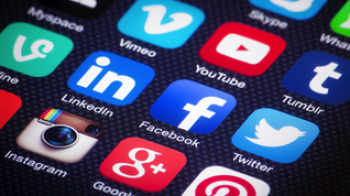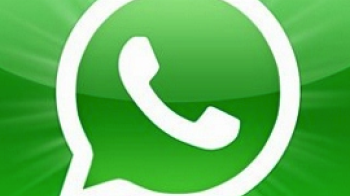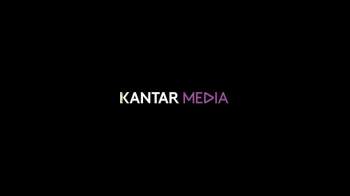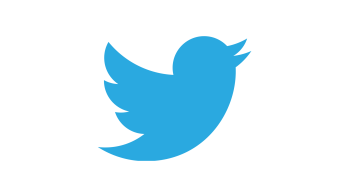‘Dark social’ accounts for two-thirds of political content shared
Political parties “digitally naïve” in how they’re using social media to galvanise voter support. Harnessing dark social could provide up to 50% more audience.
Two-thirds of political-related content shared online happens in ‘dark social’ channels and, consequently, all the major political parties are missing a trick in using it to galvanise support for the General Election, according to a study by programmatic media specialists RadiumOne.
‘Dark social’ refers to content shared that can’t be measured by web analytics, such as links sent via email, instant messenger platforms like WhatsApp and online forums. Content shared via social networks, on the other hand, is easily measurable and often the only part of social sharing that is picked up by brands.
RadiumOne analysed half a million sharing ‘events’ (across nine countries) using the po.st sharing tool and found that 66% of political content shared in the UK was via dark social, twice that of Facebook (22%) and Twitter (10%) combined. In contrast, in the US, dark social and Facebook both account for 41% of shares.
“The political parties’ use of digital is pretty unsophisticated and, unfortunately for them, they’re treating it like a traditional medium,” says Rupert Staines, RadiumOne’s European managing director. “They’re too pre-occupied with Facebook and Twitter, which are relatively ineffective compared to dark social’s power in harnessing shared content to drum up voter support. Sharing via dark social also carries more emotional weight as it’s normally done on a 1-2-1 basis with family or close friends, rather than the ‘blanket’ approach on social networks.”
The best way to unlock the potential of dark social is via social sharing tools such as URL link shorteners and sharing widgets that appear around online articles and content. Users who share and receive content via these means can, subsequently, be targeted with relevant messages across the web – whatever sites they may be visiting.
The RadiumOne analysis revealed that the Green Party is most reliant on dark social, with 80% of content being shared this way, compared to around 51% for the three main political parties. UKIP significantly under-indexes, with only 35% of content being shared via dark social.
“All the parties are missing out on identifying, understanding and targeting people interested in politics, through these important 'hand raisers' and their wider social connections,” says Staines. “Harnessing dark social could provide an additional 50% of audience for any of the main parties, which could make a big difference on Election Day, particularly in such a tight contest. “The Green Party clearly has the most to gain from dark social, particularly being such a minority but tending to have more passionate supporters.”
The analysis also revealed the different times of day when information about the political parties is shared. Overall, sharing tends to peak around lunchtime (12-2pm), however, for Labour it’s between 10-11am, whilst for the Conservatives its 9-11pm.
Staines concludes: “To win votes, the parties must understand their core type of voter better in regards to when they’re most likely to be sharing content and discussing key topics. Even to the uninitiated, these simple stats make it clear how the parties could better distribute their content to gain maximum effect.”
Topics
Related content
Industry sees Coca-Cola and Nike as leading exponents of social
Learn moreWhatsApp rockets to 1bn monthly users
Learn moreThe role of social media in the future of the TV industry
Learn moreTwitter's First View launches in UK and Europe
Learn more
Fast forward to 2030 with Futurescape
An in-depth exploration of the attitudes, innovations and media shifts that will shape the years ahead and redefine how we advertise by the turn of the decade



